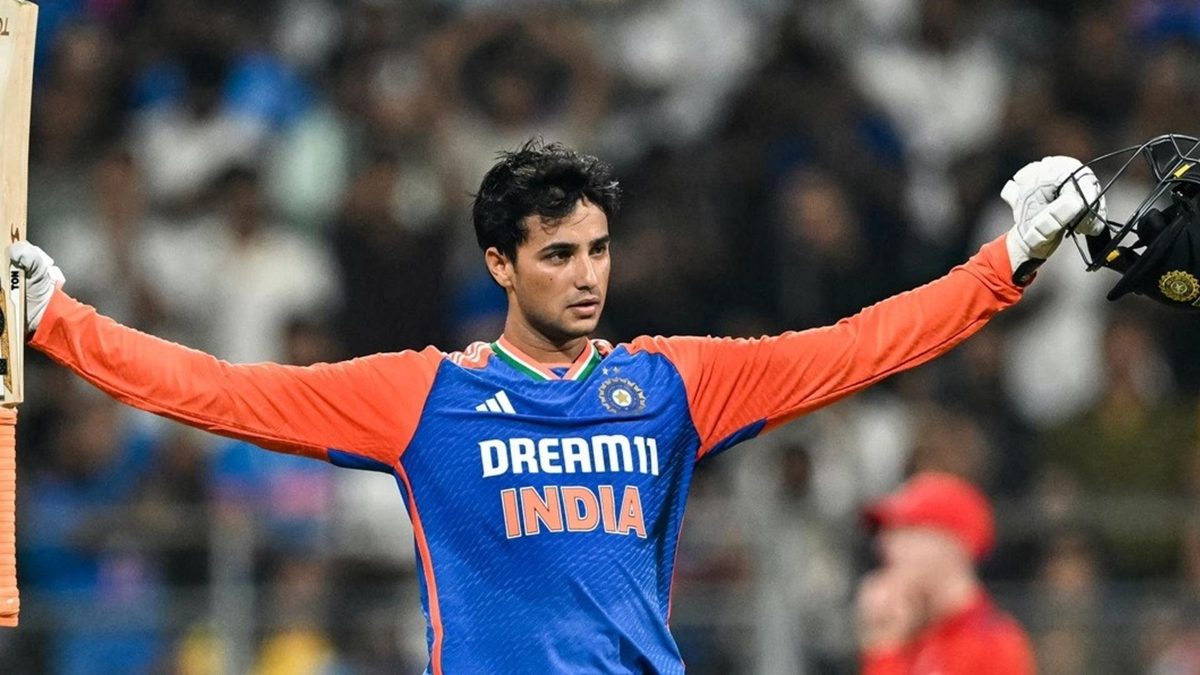
Over the course of his hundred against England, Abhishek Sharma married aesthetics and adventure, technique and enterprise like few have done before.
Some records survived as Abhishek continued to take on England without batting an eyelid. Yuvraj Singh still has the fastest fifty for India in the format and Rohit Sharma the fastest hundred. Abhishek is at second place on both lists but no better.
Of course, Abhishek does have the highest score for India. And the most sixes in an innings. But then, this is T20 cricket. Batting records fall here every day. Yet, it was not the usual brand of slogging you see everyday in T20 cricket.
Maybe the highlights package – why do they make them this short these days? – will tell some of it. Look at his 13 sixes.
It began with that Jofra Archer over. When Archer bowled short, Abhishek square-cut for six. When Archer responded by pitching up the next ball, Abhishek merely made room and dispatched the ball over extra-cover.
Mark Wood, quicker than Archer, bowled short too. Abhishek pulled him for four. Wood pitched up. Abhishek hit him straight back to the fence. Wood took the pace off. This one worked, for he managed to beat Abhishek, but not the one after that: it sailed over the extra-cover fence.
Abhishek kept strike. Who next? Jamie Overton? Two attempts, both too full, both sent back the way they came, across the ropes. Not one edge, not one loose shot, not one stroke of luck, and Abhishek had raced to his fifty before England were halfway through the fifth over.
Of course, Jos Buttler had to turn to Adil Rashid immediately after the powerplay was over. The matchup was in Abhishek’s favour, but this was Rashid, a white-ball leg-spinner like no other, equipped with every trick, every counter in the book.
You could see Abhishek eye the long-on boundary. The first ball, he drove there for a single. When Abhishek returned to strike, Rashid did what most leg-spinners would have done against left-handers eyeing long-on: he tried the googly. What was more, he had a fielder there.
But Abhishek went for it... and cleared the fielder. When Rashid came on to bowl the next ball, his mind was almost certainly made up: this one disappeared over the straight boundary.
Liam Livingstone brings with him a mixed bag of off-breaks and leg-breaks. Unfortunately, his attempt was too slow. Abhishek had far too much time in his hands before yet another drive into the stands. Livingstone tried to make Abhishek stretch outside the off-stump as much as legally possible: Abhishek needed only his top hand for this six over cover.
Brydon Carse, England’s bowler of the series, was not spared either. The hundred followed soon. The greatest cricketing son of the city where Abhishek shone tonight, was left in awe.








